Copyright 2020 - 2021 irantour.tours all right reserved
Designed by Behsazanhost
Here Is The dish
Here's The dish
Give Your Taste Buds a Persian Adventure
By: Matin Lashkari
Gilgamesh
A four-season country with a variety of cuisines that is second to none is still very much underestimated when it comes to food. Tourists are yet to leave Iran without a clear understanding of Persian gastronomy or any idea of all the ingredients unique to this part of the world. The concept of food tourism in Iran is still going through its early days. Iranians living abroad need to put a little effort into introducing our esoteric food so that it could be the new "Chinese food" in way of popularity; only with a bit more color and that extra hint of saffron.
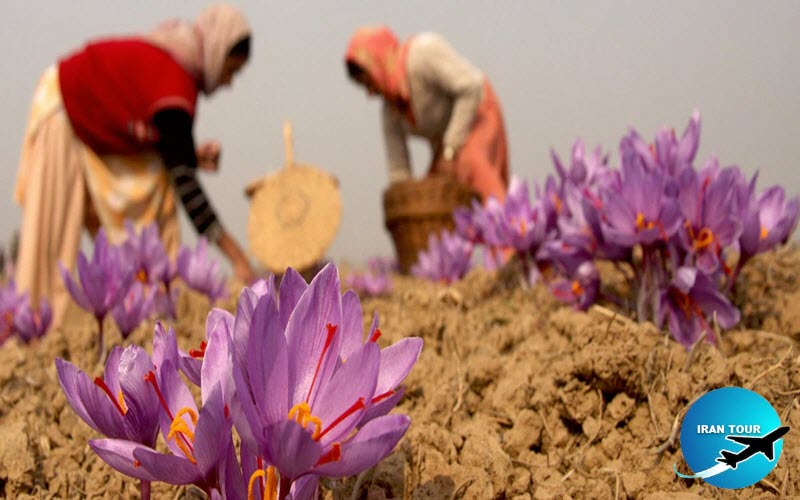 |
Having started a Persian food tour business in a little less than 2 years, we've witnessed how the slow process of cooking Iranian food and a little knowledge of ingredients could give a twist to an itinerary packed with cultural sightseeing. We're yet to find a single client who hasn't fallen for Persian food or hasn't complained about the extra kilos one gains over a trip to Iran. In our bazaar shopping experience, everyone is astonished by the variety of ingredients and the culture of buying fresh products in such large amounts. Visitors are astounded by the array of pickles and are baffled to understand how every side dish is served for a reason. After all, Persian cuisine is all about keeping that balance of hot and cold nature of ingredients that make it delicately nuanced and flavourful.
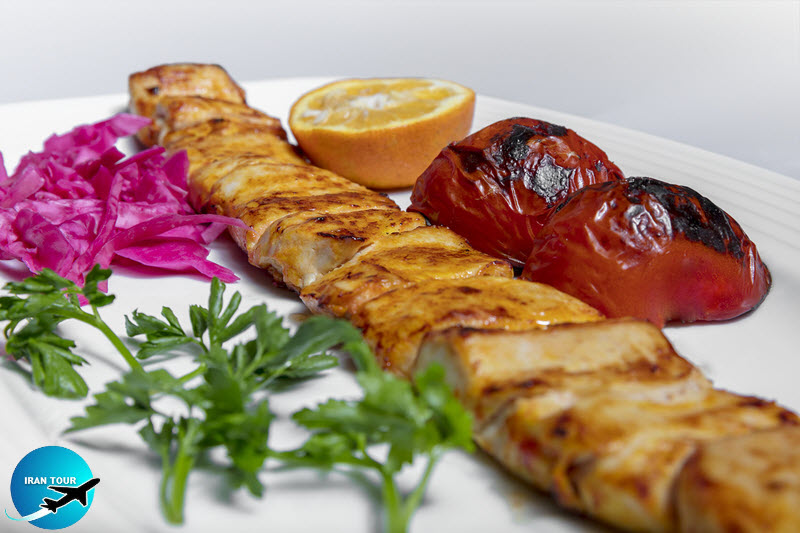 |
While the culture of dining out has been slowly creeping into Persian culture, authentic food can be found at home and has kept the restaurant menus limited to kebabs and a few kinds of stews. Even though over the past couple of years, restaurant culture in Iran has picked up, the real Iranian food is still cooked in households where rich ingredients and the wafting aroma of fenugreek in "Ghromeh Sabzi" stew pervades an Iranian home every once in a while and is yet to be presented to tourists.
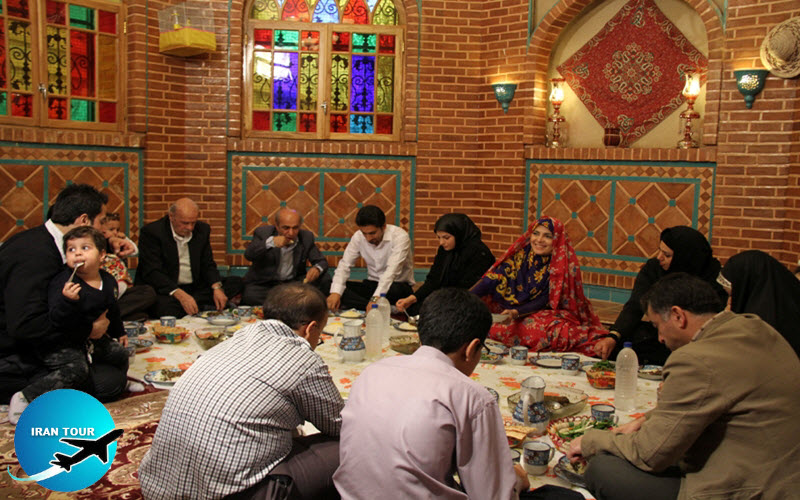 |
Things don't end with the main course in Iran. To balance that slight bitterness of black tea which is still the most common drink in the country, there are sweets of all kinds. Go for a stroll in Yazd, Qazvin, or Isfahan and you're bound to find something that tickles your fancy. Whether you like it with an extra dose of pistachio or a sprinkle of coconut powder, it's all there. If you fancy ditching black tea and you're having trouble finding good coffee, you can always try herbal infusions that have become super trendy these days. Many cafes and teashops have added cardamom, cinnamon, hibiscus, borage, and rose flower teas to their menu and they're receiving great feedback. Their ambrosial aroma and calming effect make up for the stressful life many Iranians experience in bigger cities to beat the horrible summer heat, chia seed and London rocket Seed (Khakeshir) drinks are seen twirling in big containers in the streets. Along with being beneficial for heat strokes, they have a detoxing effect and we all know how much detox drinks are becoming trendy in the new health fad.
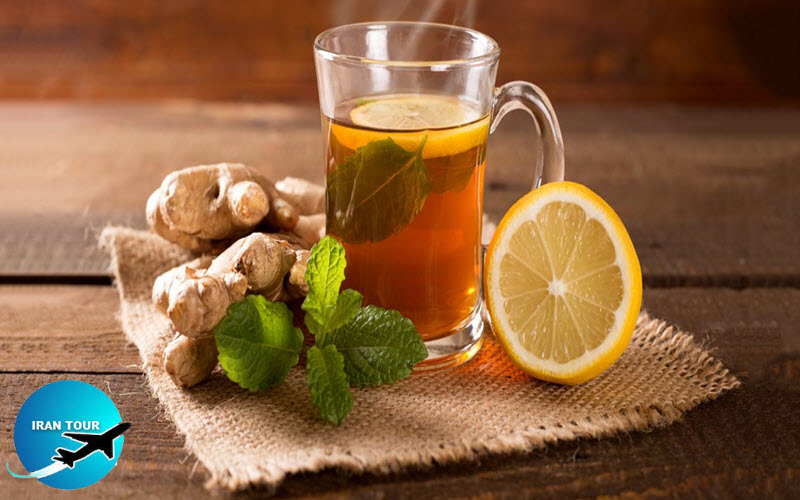 |
Street food is also a great part of Iran's culinary scene that alters from season to season. It could be as delightful as a huge tray of juicy mulberries or cranberries during the summer or the heavenly smell of fava beans cooked on the streets in winter. Despite the concerns over street food worldwide, most street foods in Iran are fresh ingredients that are super healthy and rich in nutrition. Fried and greasy options such as Falafel or Samosa can also be an option mostly during winter, but the majority of items are still on the healthy side. Serving food in Iran is an art on its own. Iranians prefer to make large amounts of food. To them, it's always better to have leftovers than an almost empty serving dish by the end of their meal; especially when entertaining guests. Therefore, food portions are big and usually with a lot of rice.
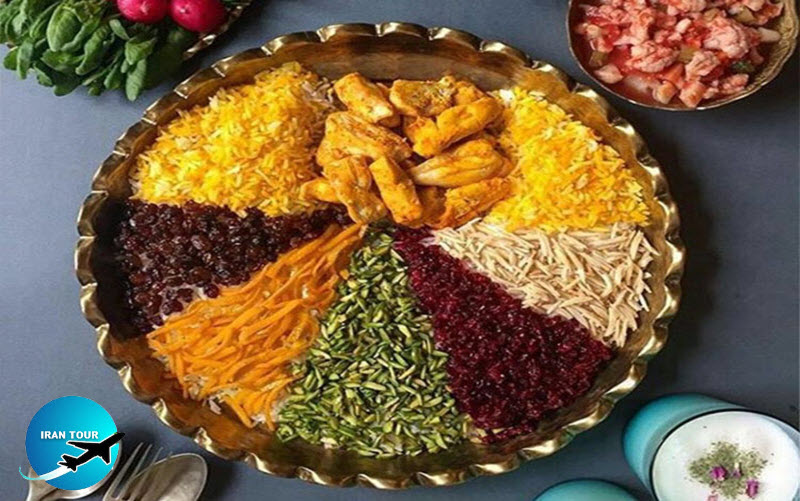 |
| A rice dish decorated with saffron - pistachio slices - almonds - barberry - orange peel and raisins |
Meals aren't usually served in courses either. They are all served at the same time for people to decide on their own(Iranian and tablecloth). You may start with your salad first or even leave it for last. It's all up to you. When serving food, the art of food arrangement and decorations are very important. At dinner parties, Iranian women go out of their way to show off their skills in decorating side dishes and desserts. Plain rice doesn't make it to the table unless it's been topped off with a bit of saffron-infused rice (giving a yellow color) mixed with saffron and a sprinkle of red barberries and green pistachios to give it just enough contrast for a more delectable look. A spoon of melted butter is poured on top making the tray of rice ready to be laid on the table.
 |
| Traditional bread - Sangak |
The cooking process in Iran is long and time-consuming. Slow food is yet considered a bonus point and regardless of the huge number of fast-food restaurants opened in recent years, Iranians still take the time to make that perfect Ghormeh Sabzi. What makes Iran such an exceptional food tourism destination is not just the flavourful dishes but how many flavors can vary from town to town. If you're looking for tasty sour dishes filled with pomegranate molasses and herbs, the Caspian coast is ideal. In central Iran, people tend to appreciate sweeter combinations and if you don't mind that extra sprinkle of red pepper in your food, then head down south. Southerners along the Persian Gulf know exactly the right amount of spices that should go along with their variety of seafood dishes. The chances of food tourism in Iran are huge and only in their early steps. But with a little extra effort, research and investment the world might actually be saved from ever living without Persian food once and for all.
- Details
- Category: IRAN Blog